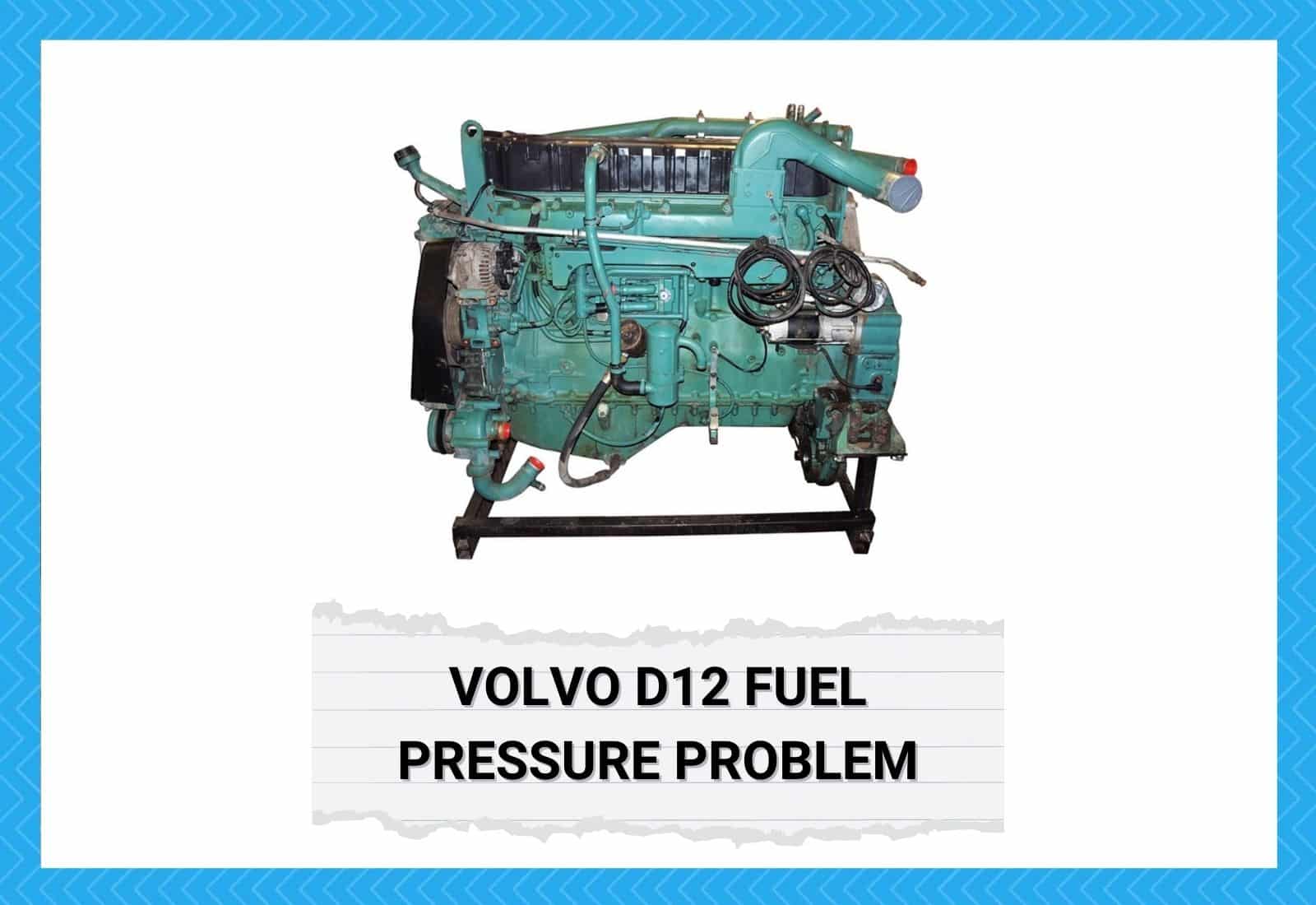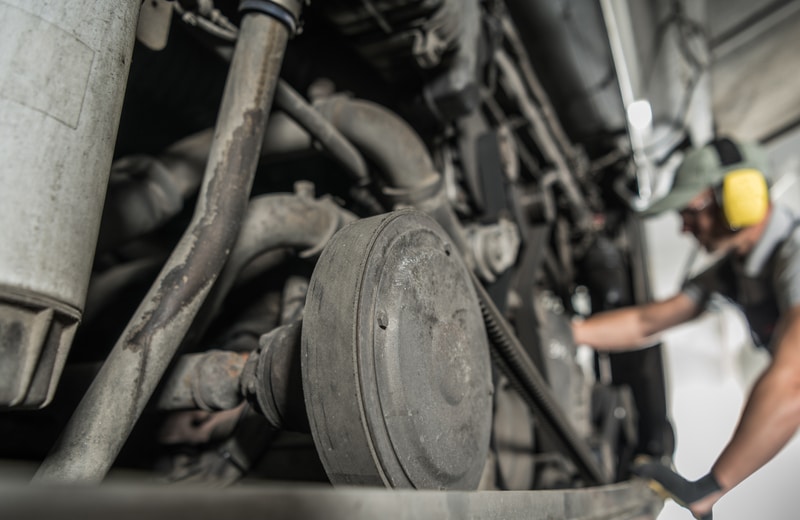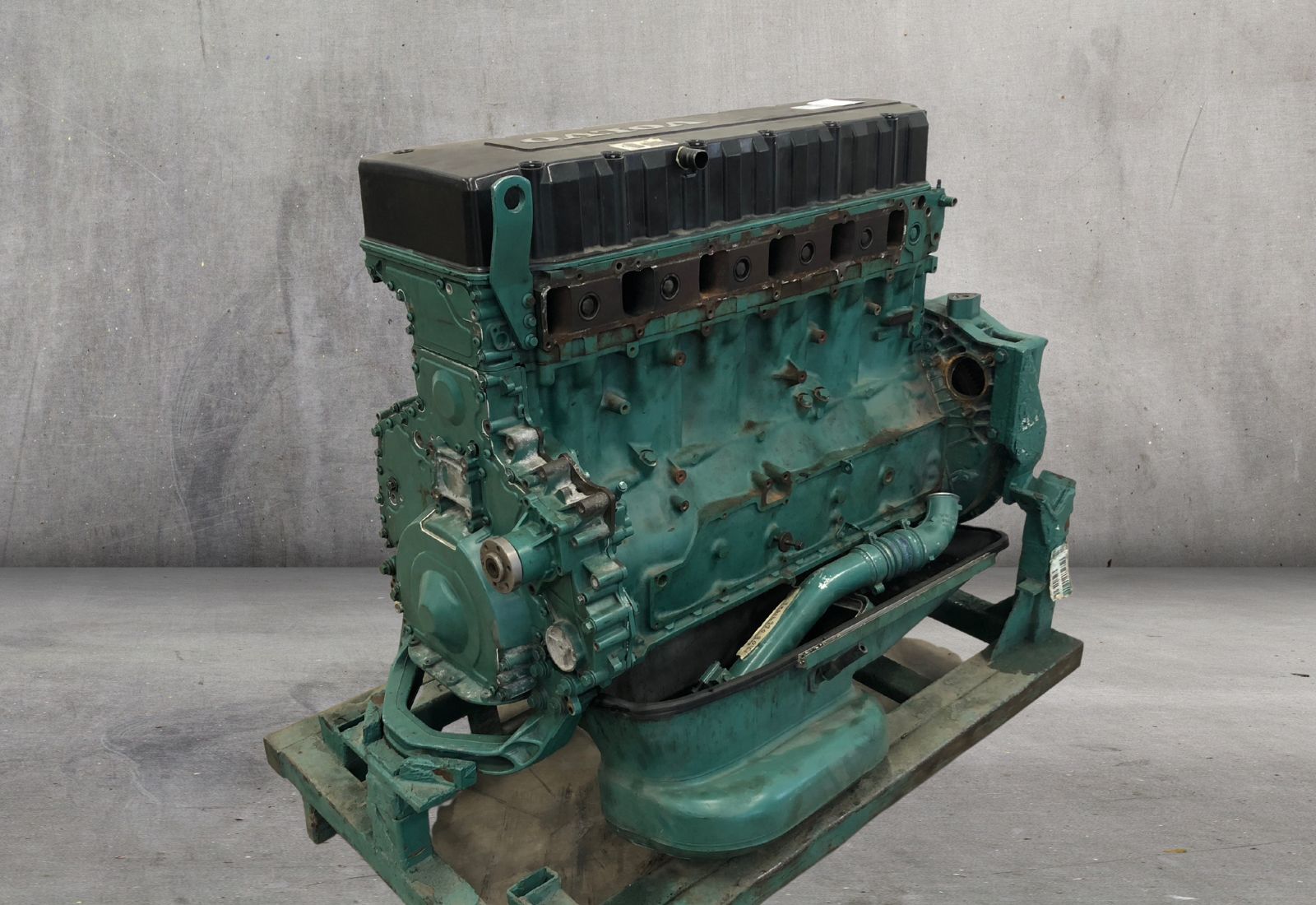
Driving a recreational vehicle is like driving a loaded cargo truck. The weight can be several tons, depending on what installations it carries. Whether a camper trailer or a fifth wheel, it takes a powerful engine to push that much weight forward.
Many well-known vehicle manufacturers offer suitable engines for this type of vehicle, and that’s what RV manufacturers install.
If the engine is slightly smaller and less powerful than what’s necessary to handle your RV’s maximum load capacity, you won’t be able to accelerate. Even worse, the engine might self-destruct with excessive strain.
On the other hand, an engine larger than your vehicle needs will undoubtedly perform better, but it will also consume more fuel.
That’s why manufacturers are trying to build smaller engines with greater output to meet high-performance requirements while maintaining the vehicle’s weight.
The engine has such a complicated structure that it is prone to various malfunctions. Most of the time, however, the engine’s size or capacity has nothing to do with these malfunctions.
Instead, they are caused by irregular fuel pressure and flow within the tank and rail. No matter how huge and hefty your engine is, it won’t produce the necessary horsepower to move your vehicle if it doesn’t get enough fuel pressure.
What about the Volvo D12
Volvo is a Swedish truck manufacturer well-known for its cookie-cutter but heavy-duty trucks. One of their flagship engines, which still stands out today after several updates, is the Volvo D12.
Previously within the 400-500 HP category, it has catapulted itself to a higher range, offering better output and handling up to twice as much load.
Volvo D12 also has remarkable features, including low emission levels exceeding both EU and US standards. It also has a low-speed option, which allows for simplified maneuvering.
And like any other Volvo engine, this one generates a massive torque that maximizes engine output. With this engine in your RV, you can go anywhere with a full-size motorhome.
Then again, even the toughest engines have their weaknesses. The Volvo D12, for instance, also experiences fuel pressure issues. You need to learn to deal with this before investing in a motorhome.
Otherwise, it will cause tremendous delays in your trips. And since fuel pressure problems affect the engine’s performance, they are also likely to cause road accidents.
High and Low Fuel Pressure
Fuel pumps have come a long way from the traditional fuel injection mechanism with nothing but a relay and fuse on the power side of the electrical circuit and the ignition switch on the control side.
Today, fuel pumps are regulated with a pulse-width module voltage. The motor speed and fuel pressure within the rail are dictated or driven by sensors.
These rapid and unpredictable changes in the pressure within the rail are a double-edged sword. While it allows the fuel pump to operate at a regulated battery voltage, extending its life and reducing engine noise, it also fosters irregular pressure distribution within the fuel pump, rail, and injector.
But what happens when there’s abnormal fuel pressure in these areas of the engine?
At an optimal level, the engine operates efficiently, with consistent power output and sound. Issues occur when it gets more or less fuel from the tank. And this inconsistent fuel flow is caused by abnormal pressure.
Fuel pressure means the air-to-fuel ratio. If more fuel is injected into the engine than air, fuel pressure is high, leading to various issues often indicated by an illuminated engine light.
For one, you’ll notice the exhaust giving off u. That’s the unburnt excess fuel in the engine. You’ll also notice that you’re refueling more frequently for the same reason—you’re losing more fuel than you need.
When more air than fuel gets into the rail and engine, fuel pressure is low. So you’ll begin to notice the engine stalling now and then. Misfires and turbo lags become ordinary as well.
And there’s a whining noise coming from the hood every time to kick the throttle. All in all, it boils down to poor engine performance.
Volvo D12 Fuel Pressure Problem
The best way to deal with a Volvo D12 fuel pressure problem is to treat it as a general one. After all, it happens to all fuel pumps and engines. If you try something different, you might end up causing more harm than damage to your vehicle, which will cost more to fix.
From a mechanic’s point of view, there are only three sections of the engine where fuel pressure problems may come from—the fuel pressure regulator, the fuel pump, and the fuel injectors.
Other related issues may have different sources, but that’s when you decide to take your vehicle to a workshop. These tips only cover troubleshooting that you can carry out yourself.
1. Faulty fuel pressure regulator
When you start driving, all the cylinders in your engine must consistently produce power. But sometimes, one or two of these cylinders fail to produce power or move slower than the rest, causing the engine to briefly lose power or your vehicle to stall out or slow down suddenly.
That’s a misfire, generally caused by irregular fuel pressure. This irregularity indicates that you have a faulty fuel pressure regulator.
However, it’s hard to tell if the fuel pressure regulator has to do with all the misfires and other issues you’re experiencing. To confirm, you need to test the fuel pressure first. And to do that, you need a pressure gauge.
Connect the pressure gauge to the Schrader valve and start the engine to see if the reading is within the recommended fuel pressure for your RV. Then, shut off your engine and see if the fuel pressure holds or falls.
If it starts to fall, fuel pressure is leaking, indicating that your fuel pressure regulator isn’t working correctly. The best solution is to replace the fuel pressure regulator altogether.
2. Faulty fuel pump
Many RV owners mistake the symptoms of a faulty fuel pressure regulator for that of a defective fuel pump. As a result, they get the wrong diagnosis and solutions, which is why the problem often remains. Then, they end up taking their vehicle to a workshop.
While there are apparent similarities between these symptoms, there are also noticeable differences.
For instance, with a faulty fuel pump, you will notice the fuel pressure gauge not reading any pressure, or the pressure is leaking out several times faster than with a faulty fuel pressure regulator.
Another way to tell if you have a defective fuel pump is when you feel a drag when you have just started to accelerate. You might also hear a strange noise coming from the pump itself.
One of the main reasons why a fuel pump fails is that the brushes in its motor are already worn out and won’t touch to deliver power. Unfortunately, it happens to all DC motors over time.
If it is the cause, then you have no choice but to replace the fuel pump. You may perform temporary fixes, but eventually, the issue will likely recur, and you’ll eventually need a new pump. So save the trouble and buy one while it’s not too late.
3. Faulty Fuel injectors
If you have consistent fuel pressure in the pump and rail, and the fuel pressure regulator is also working fine, but your engine keeps stalling out, the fuel injectors are most likely to blame.
The fuel injectors are precisely what their name implies, the components that inject fuel from the tank into the engine. If their nozzles are clogged with dirt and grease, your engine won’t get enough fuel, no matter the fuel pump and rail pressure.
Cleaning the injectors is the easiest fix, but be ready to replace them if the results are the same. For example, you might want to have the entire fuel pup checked by a professional mechanic to ensure you didn’t miss anything before replacing the injectors.
Besides, you don’t want to ditch away a component that’s still working and has several more years in its useful life.
Conclusion
Fuel pressure problems are not to be taken lightly for the simple reason that it directly affects your vehicle performance.
If you neglect a worn-down pump or fuel pressure regulator, your engine might suddenly stop working at the most inconvenient time and place. If you notice any engine performance irregularities, do these simple troubleshooting methods.
But, of course, for a long-lasting solution, take your RV in for a service. But make sure to observe how the mechanic fixes the problem so you can learn to do it yourself.
Remember that you are always on the move. You’ll never know which part of the country you’d be in when you encounter the same issue. But, at least the next time it happens, you already know what to do and have the right tools.




